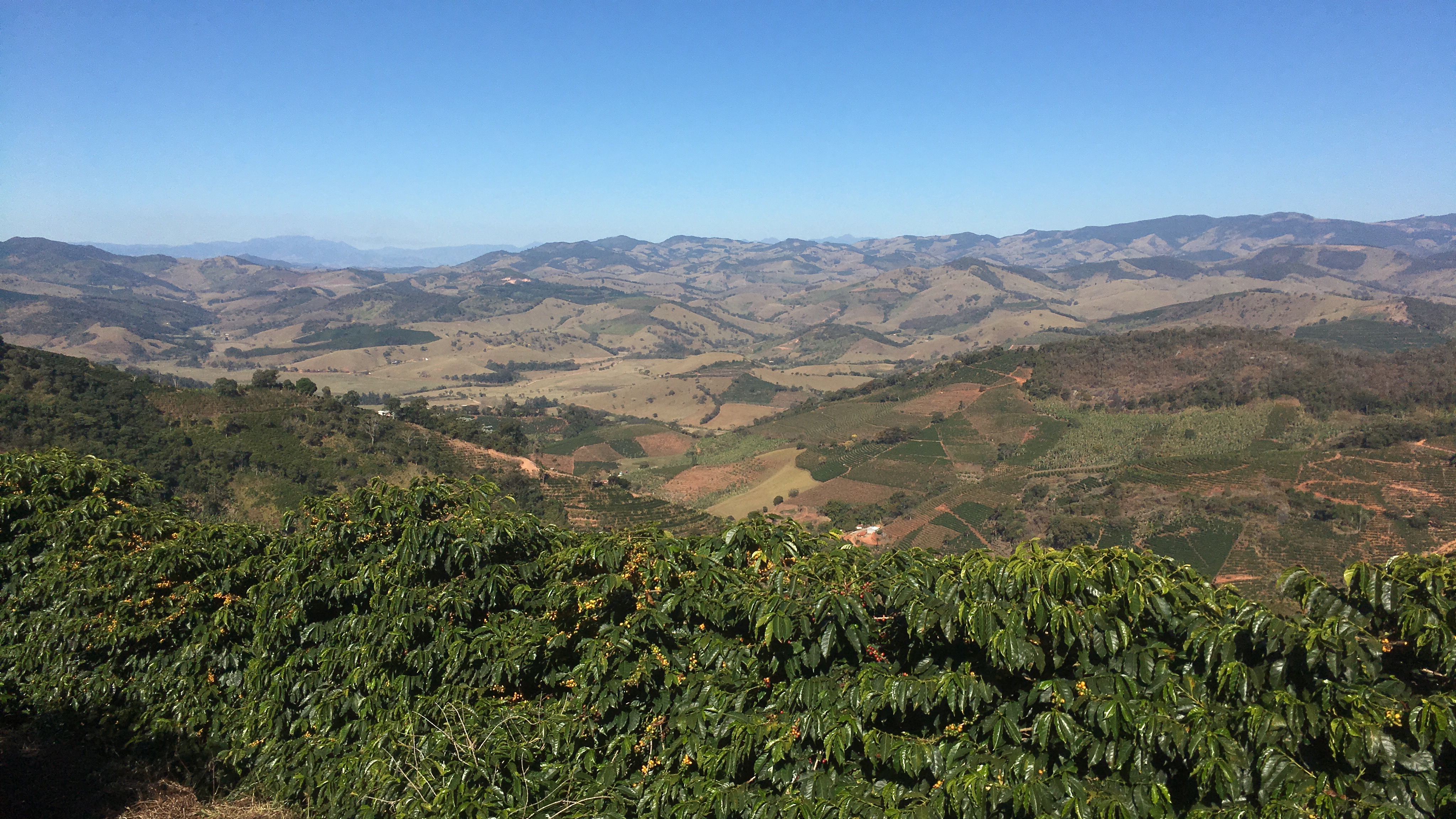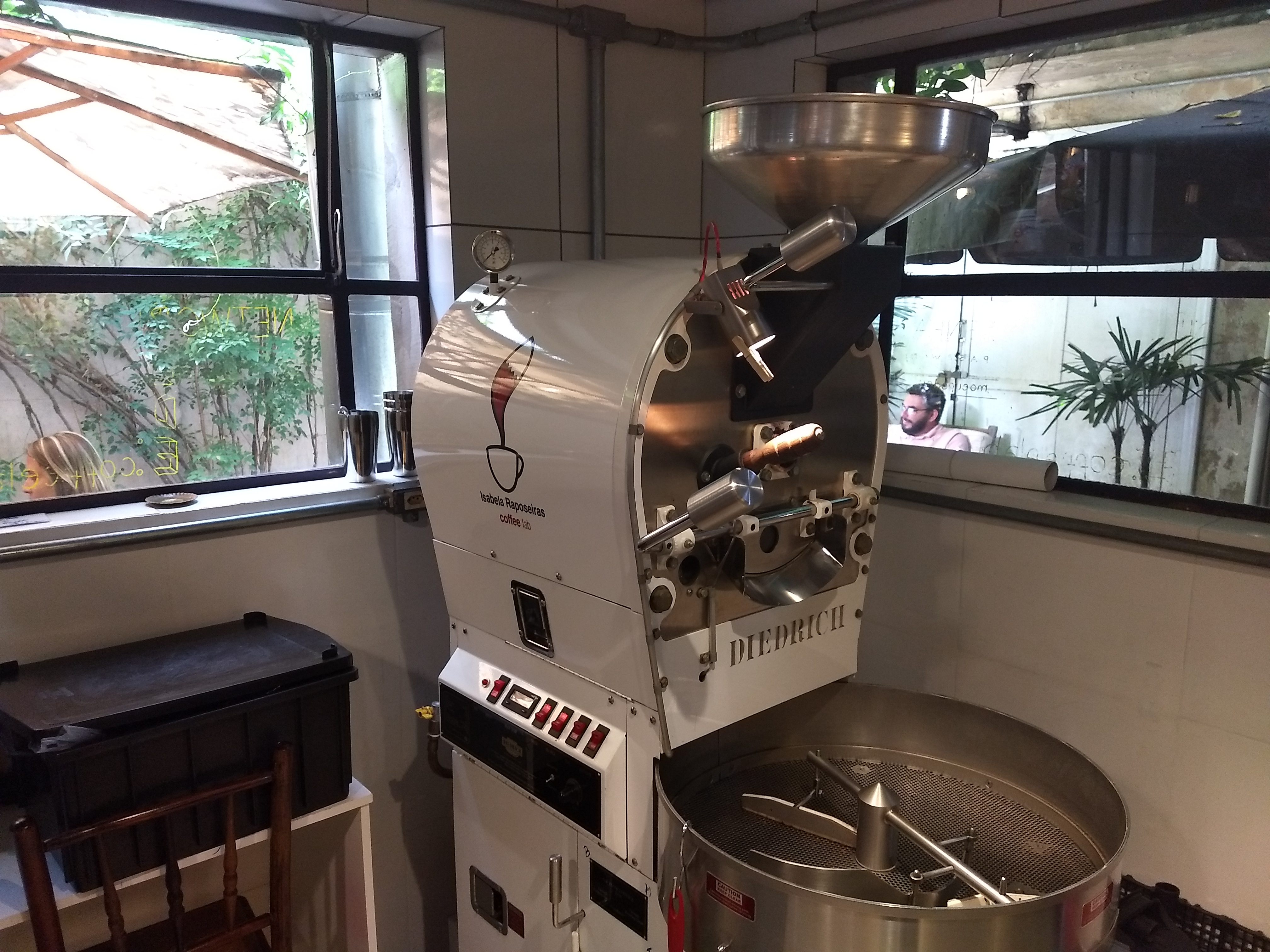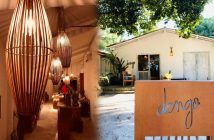Specialty Coffee can only receive this title if they score above 80 points on the SCAA’s scale, the Specialty Coffee America Association
Coffee is part of the Brazilian daily since it was born. It is the only country in the world where we refer to the first meal of the day as a direct reference to the product: café da manhã (coffee of the morning). It is breakfast in English, desayuno in Spanish and petit déjeuner in French and so on.
And, even though we are the world’s largest producer and exporter of coffee, until very recently the quality of our coffee was very poor. Dominated by the big companies in the food industry, it came to us only via supermarket and bakeries, which presented a product with nothing much of a variation. We chose the brand we wanted to consume taking into account what was presented in the TV advertising and considered the taste of our daily coffee much less.
Well: in the mid-1980s, a group of people connected to the US coffee industry (always them!), Concerned about the growing loss of consumers, decided to create an association, the Specialty Coffee Association of America.
The owner of a fine coffee importer in San Francisco, California, Erna Knudsen, coined the term Specialty Coffee. Specialty coffee, according to her, involves the concept of something of great quality, rare and very specific. The term was used in 1974 in an article published in the Tea & Coffee Trade Journal. Erna used the term to describe grains with the best flavors, which were produced in special microclimates. In the article, the professional argued that specialty coffee is the fruit of a relationship where the producer and the roaster are great allies of the buyer.
The term specialty coffee was only broadly used a few years later at the inauguration of Starbucks’ first store in Seattle, USA.
SCAA became larger, and in the following decade it created several working committees, and one of them gained immense importance, since its mission was to create norms to define and classify a coffee as a specialty coffee. This committee was named TSC – Technical Standards Committee.
Through the TSC, SCAA established strict criteria for the definition and evaluation of coffee, the so-called Objective Evaluation.

The objective evaluation quantifies the coffees’ quality by means of a decimal scale ranging from 1 to 100 points. In the Sensory Evaluation worksheet, 10 different coffee attributes are checked.
Based on scientific concepts, all the elements used in the evaluation process are thoroughly defined as the roasting point, the water used and the temperatures recommended for the tasting.
Thus, all the major coffee producing countries in the world such as Brazil, Vietnam, Ethiopia, Panama, Honduras, Colombia, Guatemala, Uganda, Mexico, India and Indonesia use the same standards to classify specialty coffees produced by their farms.
Specialty coffees
It must be stressed out that specialty coffees were not grew only in the 1980s. In fact, the famous Hotel du Crillon in Paris, in 1900, offered to some of its most loyal customers, coffees that were strictly bought from certain parts of Guatemala and were purchased in micro-lots.
The specialty coffees come from the Arabica variety. They are grown in hot climates during the day and cold at night and are planted at high altitudes, preferably over 1000 meters. The closer to the Equator, the better the quality. If it is further away, it should be planted at higher altitudes.

Vista do Sítio Vargem Alegre
Producers need to be especially careful throughout the process of choosing the best seedlings, correct soil preparation, planting, fertilization, and plant development during the first three or four years before the first harvest.
Afterwards, the drying, processing and reprocessing (peeling, cleaning and grading of the grains) the whole process chain ends. The roast is a separate chapter.
Green coffee is classified according to visual inspection and cupping. The visual inspection consists of working with a 350 grams sample of green grains and observing their defects, which may be primary (black or sour grains), or secondary (broken grains). A sample of green coffee beans must have less than five minor defects and no primary defects so it can be classified as specialty coffee.
In order to properly grade a coffee a cupping process is done, a very noisy tasting (see video) that follows the the SCA rules (to know more, visit http://www.scaa.org/?page=resources&d=cupping-standards)
Cupping involves toasting coffee and preparing it only with hot water at … degrees, and it depends on the taster’s ability to assign scores to each coffee attribute, such as acidity, body, taste, and aroma.
Cupping has to be done by a taster who holds the official Q Grader certificate. Barely comparing, Q Grader is the sommelier of specialty coffees. They are professionals who have studied hard and still study to improve themselves. He is a quality evaluator and has to undergo a series of practical exams developed by the Coffee Quality Institute, IOC, an international authority whose main objective is to improve the beverage quality. To find out more, visit the SCAA website,
According to the SCAA, any coffee that scores 80 points or more can be considered a specialty coffee. But attention: those presenting a 80 points score are the specialty coffees of entrance, the less noble ones.
A specialty coffee above 85 points will already have great attributes of both aroma and palate, capable of attracting buyers from all over the world. It has no defects and its flavors are results of its special features and the soil composition in which they were produced.
The Q Graders, when they taste a specialty coffee, are able to perceive orange notes, honey notes etc., in a simple sample. Just like the sommeliers. But that does not mean that it is necessary to be Q Grader to enjoy quality specialty coffees or be a sommelier to enjoy an excellent wine. It only takes training. How can I do that? Trying, trying and trying again, until you find a coffee that pleases you.
Where to buy?
Until very recently, Brazil only produced coffee as a commodity, only the coffee of lower quality is bought by the food industry. The one who began to convince the producers to invest in the coffee quality was Ernesto Illy, from Illy Cafés (see full article on the subject here)
In Brazil, with each passing day, the specialty coffee supply is bigger. Whether in specialized coffee shops, online sales sites or even supermarket shelves. But make no mistake: the best specialty coffees are not in our supermarkets for one simple reason: these supermarket chains need to buy large quantities and the best specialty coffees come from micro-lots. There is no specialty coffee for the entire consumer market.
Just as a Chateau Lafite is for a few, a micro-lot of a Panama Gueisha, which can cost up to $ 5 thousand the package with 250 grams, is also for a few people.
In supermarkets you can find good specialty coffees of entry, 80 points. Large farms, such as Orfeu, for example, offer good coffees for a reasonable price.
As the vast majority of specialty coffees originate from small properties, mainly in Brazil, the most interesting is to follow the main web sites of small roasters such as Juliana Ganan, Bica, Pereira Vilella, Wolf Cafés, Isabela Raposeiras, Cafés Martins, among others.
They do the hunting, or better say, they hunt the best specialty coffees, visiting the small farms and selecting the best micro-lots. And, from the roasting process, according to the coffees’ profile, they offer a high quality and fresh product, since most of them deliver roasted coffees with a maximum of 15 days. This is what assures the quality of the specialty coffees offered.
Roasting specialty coffees is a 100% natural process.

Gourmet Coffee x Specialty Coffee: pay attention to the label
Specialty coffees should not be mistaken for gourmet or premium coffees. The latter two were born as marketing terms in the industry, with no very defined standards. Gourmet coffee can be a high-quality coffee or just marketing. It has no specific meaning, but a connotation.
Generally, gourmet coffees have a long shelf life, up to 15 months, they come from large coffee producing farms and their roasting process use chemical products, which change the coffee original flavor.
Some are even flavored, which means that sugars, flavorings and creams have been added to the product to make it consumable.
Gourmet coffees are not planted at high altitudes nor do they have such improved post-harvest care, and farms are generally fully automated.
If you still prefer to consume gourmet coffees, they are easy to find in large supermarket chains such as Pão de Açúcar and Extra or on several web sites. The biggest one is graogourmet.com.br and cafestore.com.br



